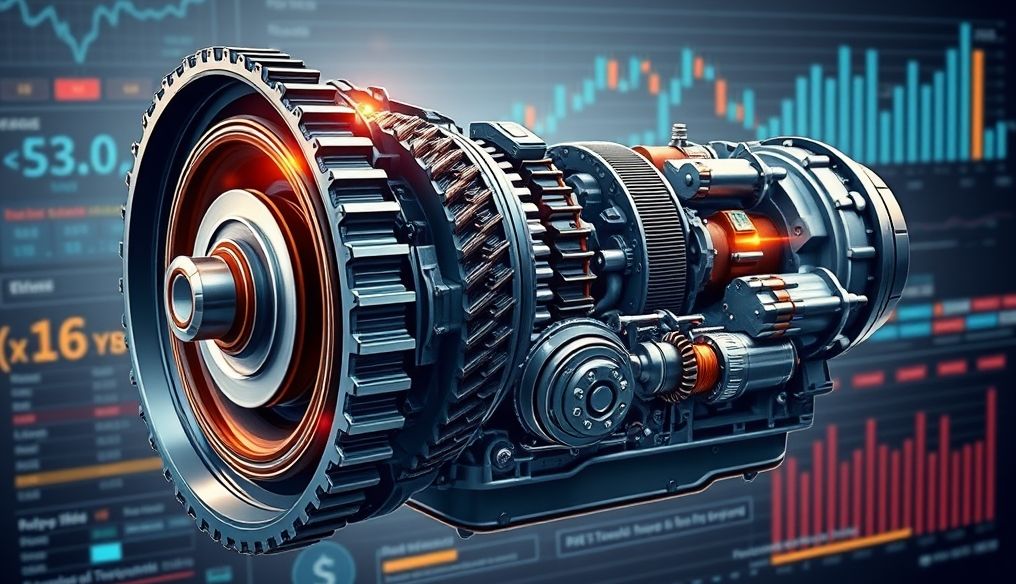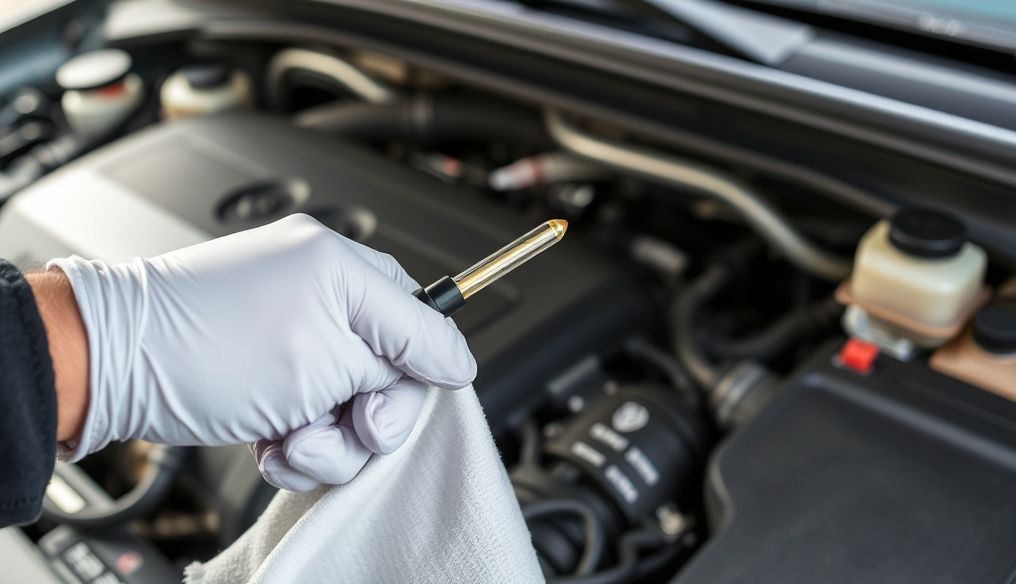Introduction to Automatic Transmissions
An automatic transmission is a complex mechanical system that allows a car to change gears automatically while driving. This system frees the driver from the need to use a clutch pedal or change gears manually, making driving easier and more comfortable, especially in heavy traffic. To understand how an automatic transmission works, you must first explore its main components and the processes that occur within the system.
Main Components of an Automatic Transmission
An automatic transmission consists of several main components that work in harmony to ensure smooth and efficient gear changes. These components include:
- Torque Converter: Connects the engine to the transmission, transferring power from the engine to the transmission using Automatic Transmission Fluid (ATF).
- Planetary Gear Sets: Consist of multiple gears arranged in a way that allows for different gear ratios.
- Clutches and Bands: Used to control which of the planetary gears are activated, thus determining the gear ratio used.
- Valve Body: Considered the hydraulic control center of the transmission, directing ATF to the appropriate clutches and bands to change gears.
- Oil Pump: Provides the hydraulic pressure necessary to operate the clutches, bands, and valve body.
- Transmission Control Unit (TCU): Constantly monitors vehicle speed, throttle position, and other data to determine when and how to change gears.
How Does a Torque Converter Work?
The torque converter is an essential element in the automatic transmission, performing two main functions:
- Power Transfer: Transfers power from the engine to the transmission without direct mechanical contact, reducing vibrations and shocks.
- Torque Multiplication: Increases the torque output from the engine when needed, especially when starting from a standstill or accelerating.
The torque converter consists of three main elements:
- Impeller (Pump): Connected to the engine and rotates with it, pumping ATF.
- Turbine: Connected to the transmission and rotates by the flow of ATF from the impeller.
- Stator: Located between the impeller and turbine, directing the flow of ATF to increase the efficiency of power transfer and torque multiplication.
When the engine rotates, the impeller rotates and begins pumping ATF. The fluid flows to the turbine, causing it to rotate as well. The turbine, in turn, rotates the input shaft of the transmission, transferring power to the gears. The stator directs the fluid returning from the turbine to the impeller, increasing the efficiency of the process and multiplying the torque.
Operation of Planetary Gear Sets
The planetary gear set is a complex system of interlocking gears that allows the automatic transmission to provide multiple gear ratios. A planetary gear set consists of three main elements:
- Sun Gear: Located in the center and rotates around its axis.
- Planet Gears: Rotate around the sun gear and are carried by a carrier arm.
- Ring Gear: Surrounds the planet gears and rotates around its axis.
By fixing or rotating one of these elements and changing the rotational speed of the other elements, different gear ratios can be obtained. This process is controlled by the clutches and bands.
The Role of Clutches and Bands
Clutches and bands are responsible for controlling which of the planetary gears are activated. Clutches connect the planetary gears to each other or to the input or output shaft, while bands fix the planetary gears to prevent them from rotating.
When a particular clutch or band is activated, the gear ratio is changed. For example, to activate first gear, the ring gear may be fixed while the sun gear and planet gears rotate. To activate second gear, the sun gear and planet gears may be connected together, causing them to rotate at the same speed.
Valve Body and its Function
The valve body is the hydraulic control center of the automatic transmission. It consists of a series of channels and valves that direct ATF to the appropriate clutches and bands to change gears. These valves are controlled by hydraulic or electrical signals from the TCU.
The TCU constantly monitors vehicle speed, throttle position, and other data to determine when and how to change gears. The TCU sends signals to the valve body, which in turn directs ATF to the appropriate clutches and bands.
Transmission Control Unit (TCU)
The TCU serves as the "brain" of the automatic transmission. It receives inputs from various sensors in the vehicle, such as speed sensors and throttle position sensor, and uses this information to determine the best time to change gears.
The TCU processes these inputs using complex algorithms to determine the ideal gear ratio for the current driving conditions. It then sends electrical signals to the valve body, which in turn directs ATF to activate the appropriate clutches and bands.
Common Automatic Transmission Problems
Despite their robust design, automatic transmissions can experience a variety of problems. Some common problems include:
- Gear Slippage: Occurs when the transmission cannot stay in the selected gear, resulting in loss of power and erratic acceleration.
- Delayed Gear Changes: Occurs when the transmission takes too long to change gears, resulting in slow acceleration.
- Harsh Gear Changes: Occur when gears are changed abruptly and violently, causing the vehicle to shake.
- ATF Leakage: Can lead to low oil pressure and damage to internal transmission components.
- Unusual Noises: Such as whining or screeching, can indicate a problem with the gears or bearings.
Tips for Maintaining an Automatic Transmission
To prolong the life of your automatic transmission and avoid costly repairs, it is important to follow some simple tips:
- Regularly Check and Change ATF: Follow the manufacturer's recommendations regarding ATF change intervals.
- Avoid Aggressive Driving: Aggressive driving, such as sudden acceleration and hard braking, can increase stress on the transmission.
- Regularly Check ATF Level: Ensure that the ATF level is within the recommended range.
- Perform Regular Maintenance: Perform regular maintenance on the transmission, such as checking the clutches, bands, and valve body.
- Use Recommended ATF: Only use ATF that is recommended by the manufacturer of your vehicle.
I hope this article has provided you with a comprehensive understanding of how an automatic transmission works. Remember that regular maintenance and careful driving can help prolong the life of your transmission and avoid costly repairs.




